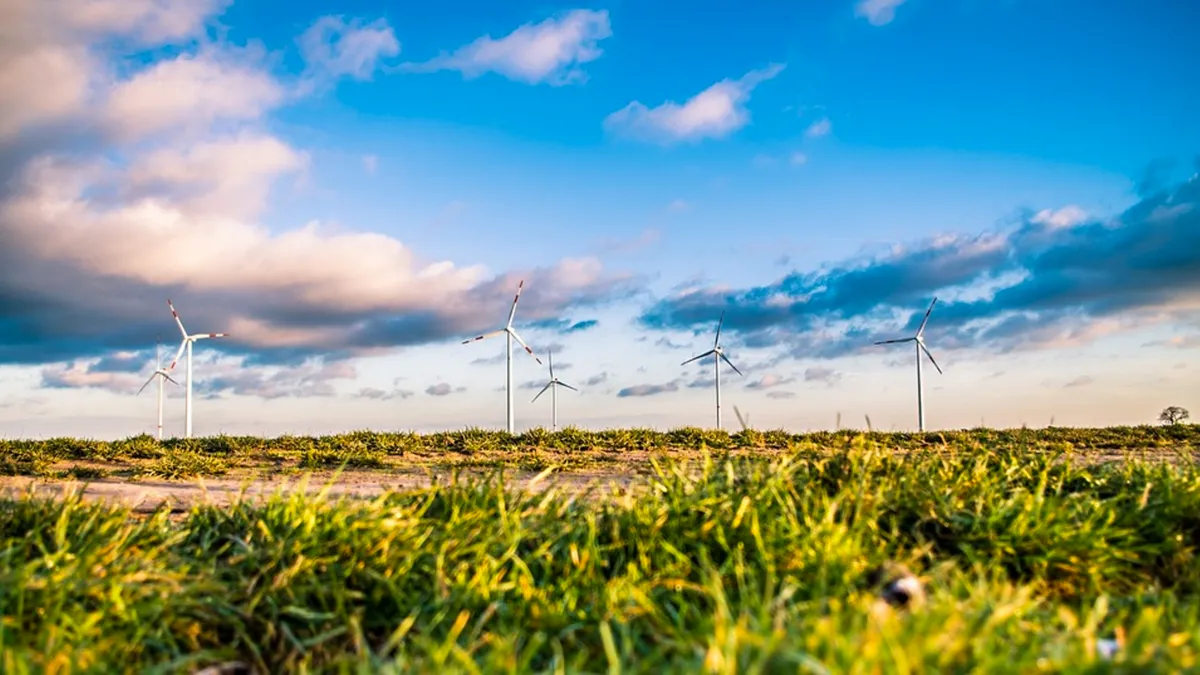Dive Brief:
- Procter & Gamble aims to use 100% renewable electricity at all of its plants by 2030, the company stated in a sustainability goals report called "Ambition 2030."
- The company's plants will also source 5 billion liters of water from circular sources and deliver a 35% increase in water efficiency.
- P&G's "Ambition 2030" enlists its brands, including Dawn, Head & Shoulders and Tide, to "inspire responsible consumption" through reusable and recyclable packaging.
Dive Insight:
Sustainable practices in a company don't just help the planet — they help a business's bottom line. In many cases, it's no longer a choice between the low cost model or the sustainable model, because the two happen to be one in the same.
"Our efforts on energy conservation since 2010 have resulted in hundreds of millions of dollars in cost savings," P&G stated in its report.
By no means in P&G the first company to realize the benefits of sustainability goals. Fifty-eight companies were recognized for their work in 2017 cutting emissions across the supply chain, resulting in $14 billion in savings.
Demand for natural resources is rising, putting a strain on available supply — and as a result, causing prices to rise.
Oil prices are elevated amid geopolitical conflicts in oil-rich areas like the Middle East and Venezuela. Reducing oil use and relying more heavily on wind and solar power will prove to be a more viable method of sourcing energy for P&G.
While renewable energy is just one component, the concepts of re-use and a circular supply chain are gaining popularity.
Ikea outlined plans for a circular supply chain earlier this year, with each product designed with its next use in mind. Patagonia is also looking at a circular approach, thinking about recycling options as it makes its sourcing decisions.
Even if one company develops or initiates the move towards circular operations, it's impossible to execute the strategy without many actors in the supply chain on board.
That's why P&G has set a goal to work with its partners across the value chain on circularity. "We are at our best when we collaborate," the company stated in its report.














